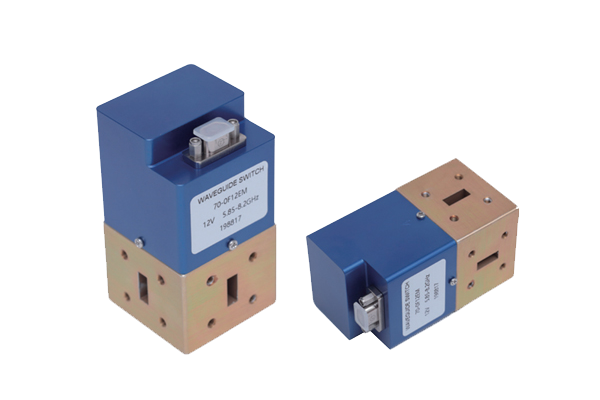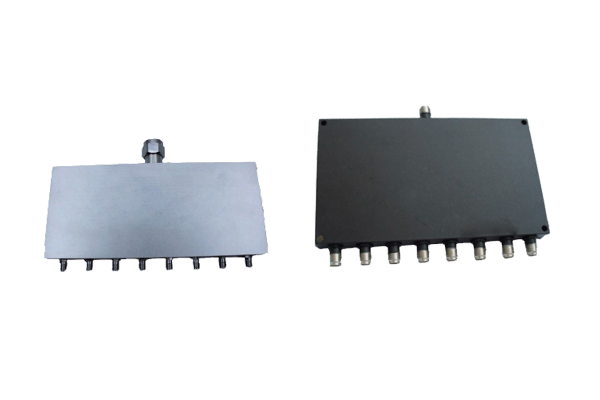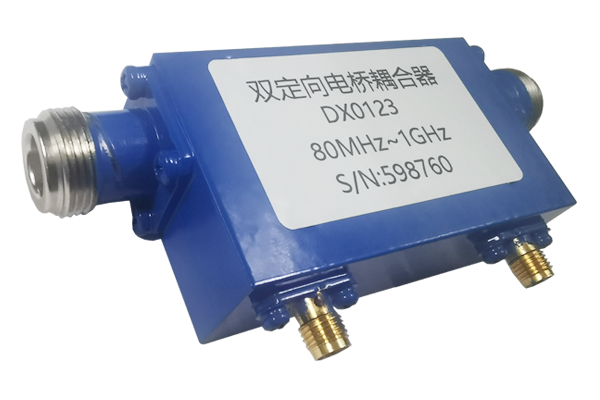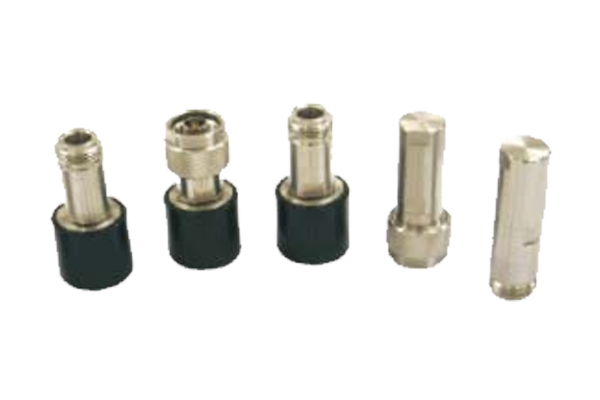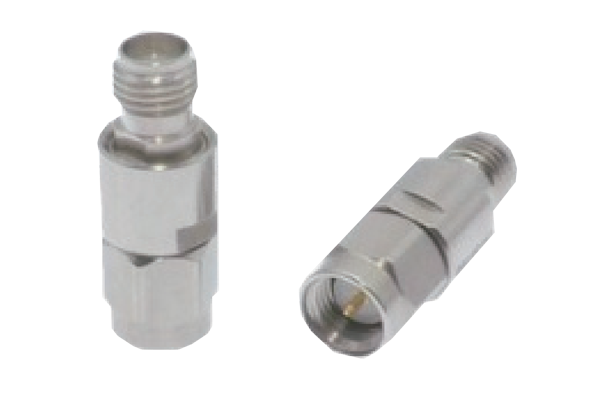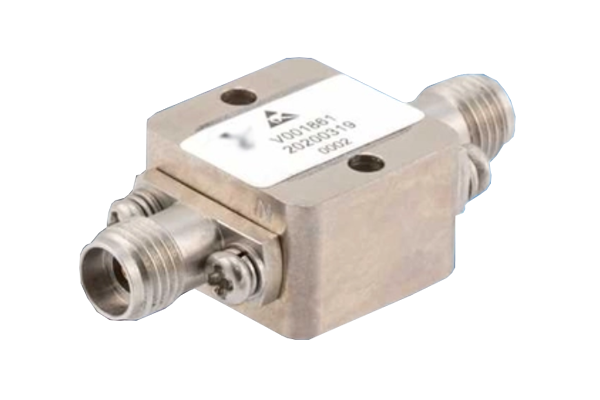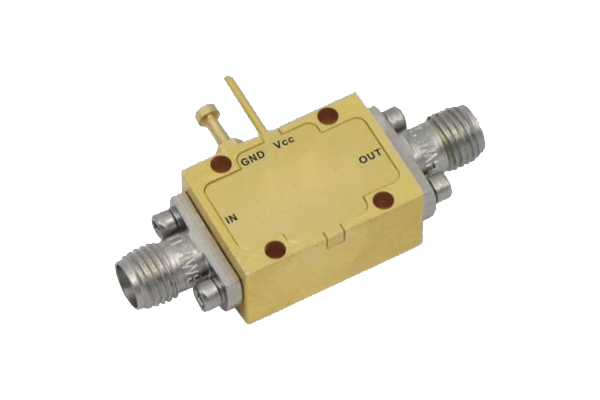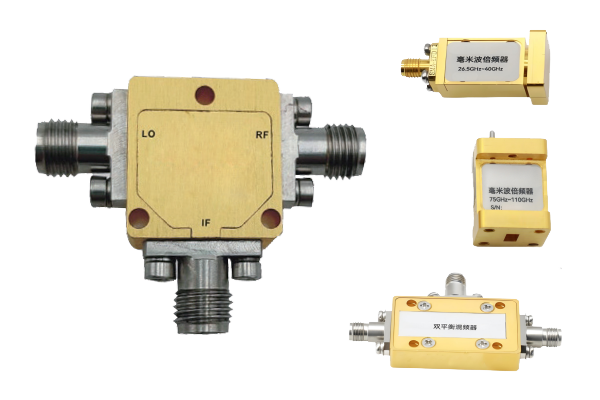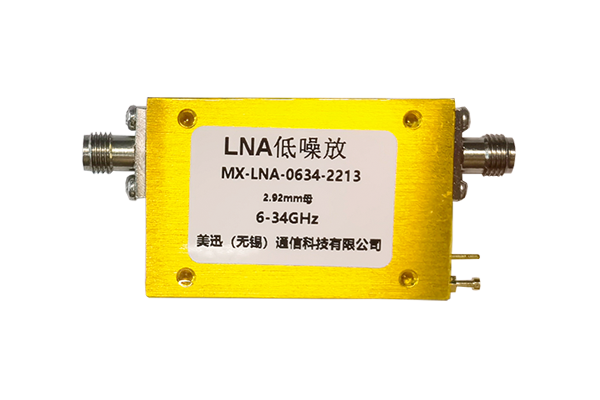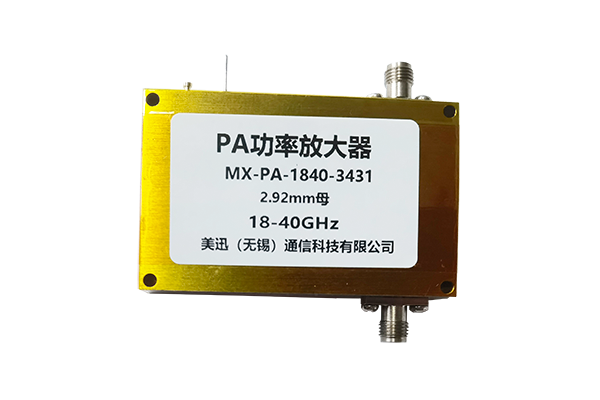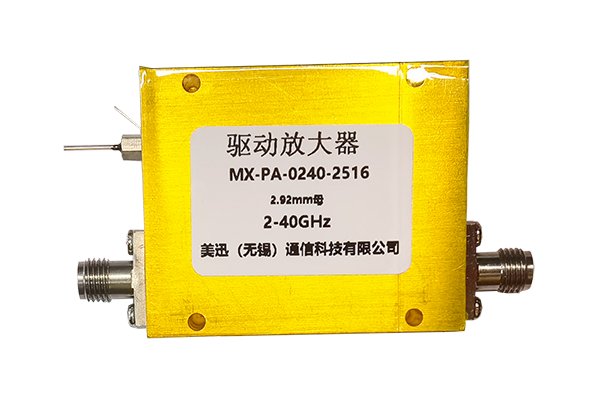How to Switch a Waveguide Switch
Waveguide Switch Operation Procedure
Step-by-step guide for proper waveguide switch operation and verification
Prepare Before Switching
- Before switching, ensure that the waveguide switch is in normal working order and that external connections are secure, free of loose or poor contact.
- At the same time, ensure that the signal transmission channel between the control device and the switch is unobstructed to prevent switching commands from being properly transmitted due to line faults.
- Furthermore, the target switching state must be clearly defined based on actual needs, such as determining which input channel the signal should switch to which output channel.
- This lays the foundation for subsequent precise switching.
Transmitting Switching Control Commands
- Switching commands are sent to the waveguide switch via a dedicated control device.
- The control device can use either a manual control terminal or an automatic control system depending on the usage scenario.
- During command transmission, the stability and accuracy of the command signal must be ensured to prevent miscommunication due to signal interference.
- After receiving the command, the control module within the switch interprets it, determines the required switching action, and provides a basis for the operation of internal components.
Internal Components Execute Switching Actions
- After interpreting the command, the control module activates the core components within the waveguide switch.
- These components typically include a transmission structure and a guide component.
- Driven by the control module, the transmission structure drives the guide component to change the connection state of the waveguide channel, thereby switching the signal transmission path.
- During component operation, smooth and accurate operation must be ensured to avoid switching failures caused by component jamming or misalignment, ensuring that the signal switches smoothly from the original path to the target path.
Confirm the Validity of the Switching Result
- After the switching operation is completed, verify the switching result using a signal detection device.
- Connect the detection device to the output of the waveguide switch to observe whether a stable target signal is received.
- Also, check whether the signal strength and quality meet the requirements and confirm that there are no signal interruptions or interference.
- If the test indicates that the switching is unsuccessful, investigate the control command transmission and internal component operation to identify the problem and retry the switching operation until the switching result is valid.




